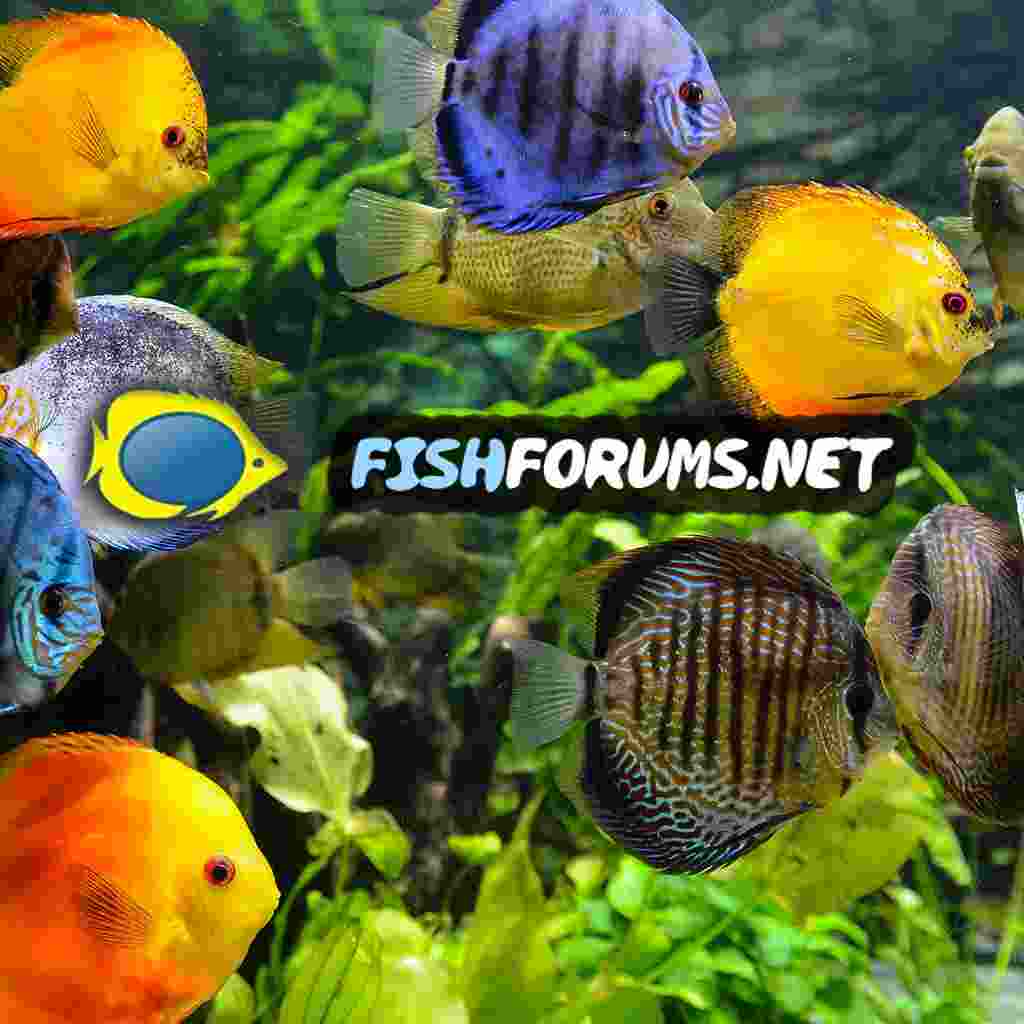@Byron
I see thank you for the info, should I just do this I was thinking, get a 20 Gallon, let it cycle for a month or two helping it ofc, then moving the tetras into it and then in the 5-gallon one just add a betta, later on, would that be a good idea/thing to do? As for the plants they are kinda big, they are potted plants that's how I got them.
Yes on the 20g for groups of small fish, and 5g betta alone. BTW, if a 20g is in the thinking, the basic or "high" is 24 inches in length, but the "long" is 30 inches which can make quite a difference. If you have the footprint space (30 by 12 inches, as opposed to 24 by 12 inches) the "long" is a better choice for fish. The basic 29g has the same footprint, might consider that?
Plants take up ammonia, and this will "cycle" the tank. Provided they are showing signs of growth. Using ammonia when plants are in the tank is not advisable, it is too easy to harm and even kill them. And you don't need it anyway, provided the plants are growing. I believe there is an article on "silent cycling" using plants in the cycling section...yes, found it.

Planted/silent cycling
So ya got yourself a fish tank, and now you're wondering how to cycle it. You have a few options: 1) Fishless cycle: Set up your substrate and filter (decorations and plants are optional), buy pure ammonia, add enough to your tank to read 3ppm, wait. Full instructions here...
 www.fishforums.net
www.fishforums.net




